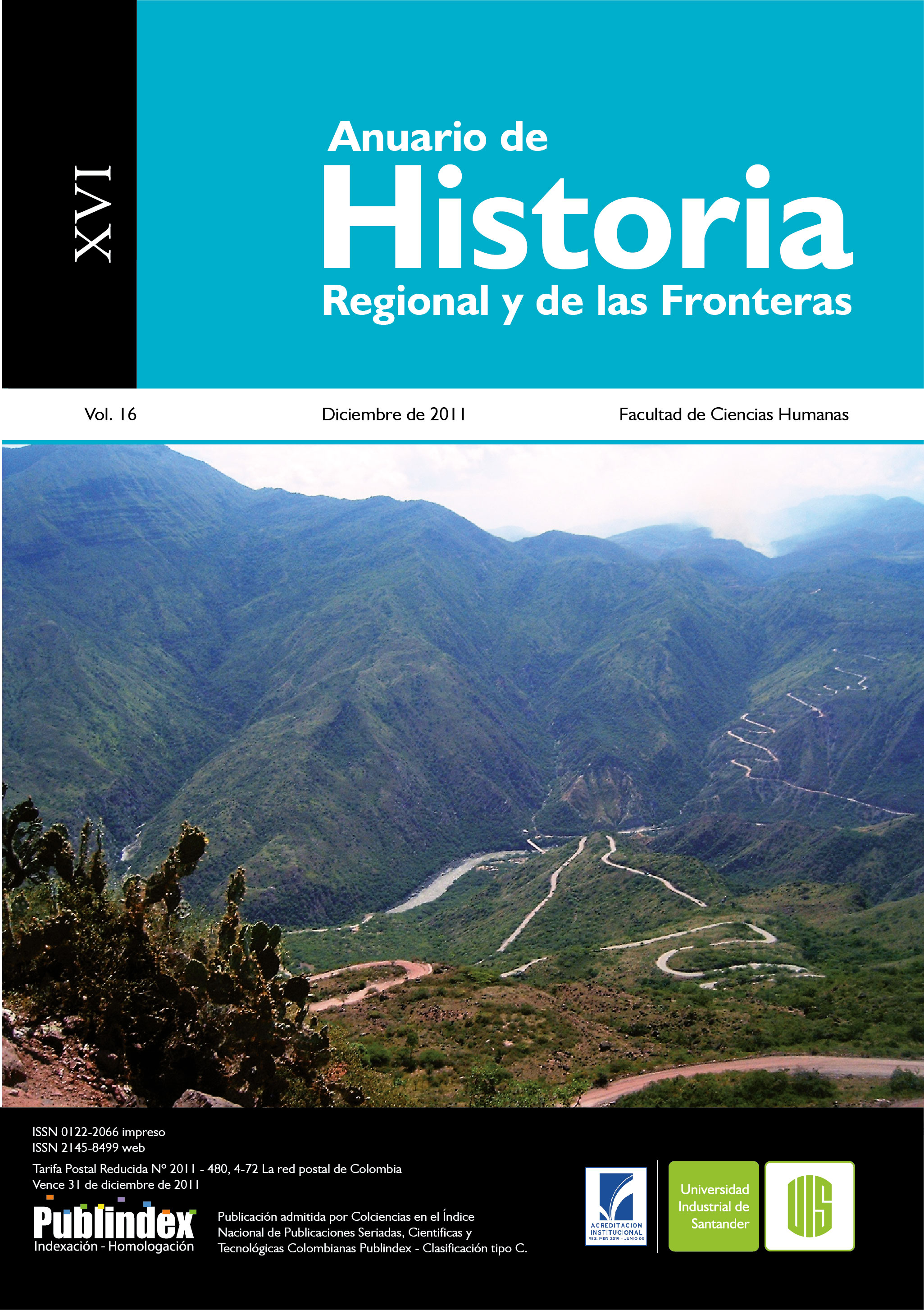Moral cinema and censorship as means of action of Colombian Catholic Action, 1934-1942.
Published 2012-02-21
How to Cite
Abstract
Since cinema first burst in the world in 1891, the Catholic Church paid close attention to the invention and its possible consequences for contemporary society. Then, immoral films were condemned through “holy crusades” led by Catholic Action members, which aimed both at showing moral films produced by European cinematographic companies and at consolidating a censorship mechanism following the principles of the Legion of Decency of the United States
In this sense, it is stated that among the means of action used by Colombian Catholic Action between 1934 and 1942, cinematographic censorship was one of them. It was through the catholic print media such as The Colombian Catholic Action Journal (Bogotá), The Catholic Unity (Pamplona), The Grain of Sand (San José de Cucuta) and The Alcazar (Bucaramanga) that cinematographic censorship was carried out. Thus, this mechanism was employed by Catholic Action and Catholic Church to control and inspect the films showing at Colombian parishes cinema halls.
Key words: Catholic Action, Censorship, Catholic Church, moral/immoral cinema,political-religious currents.
